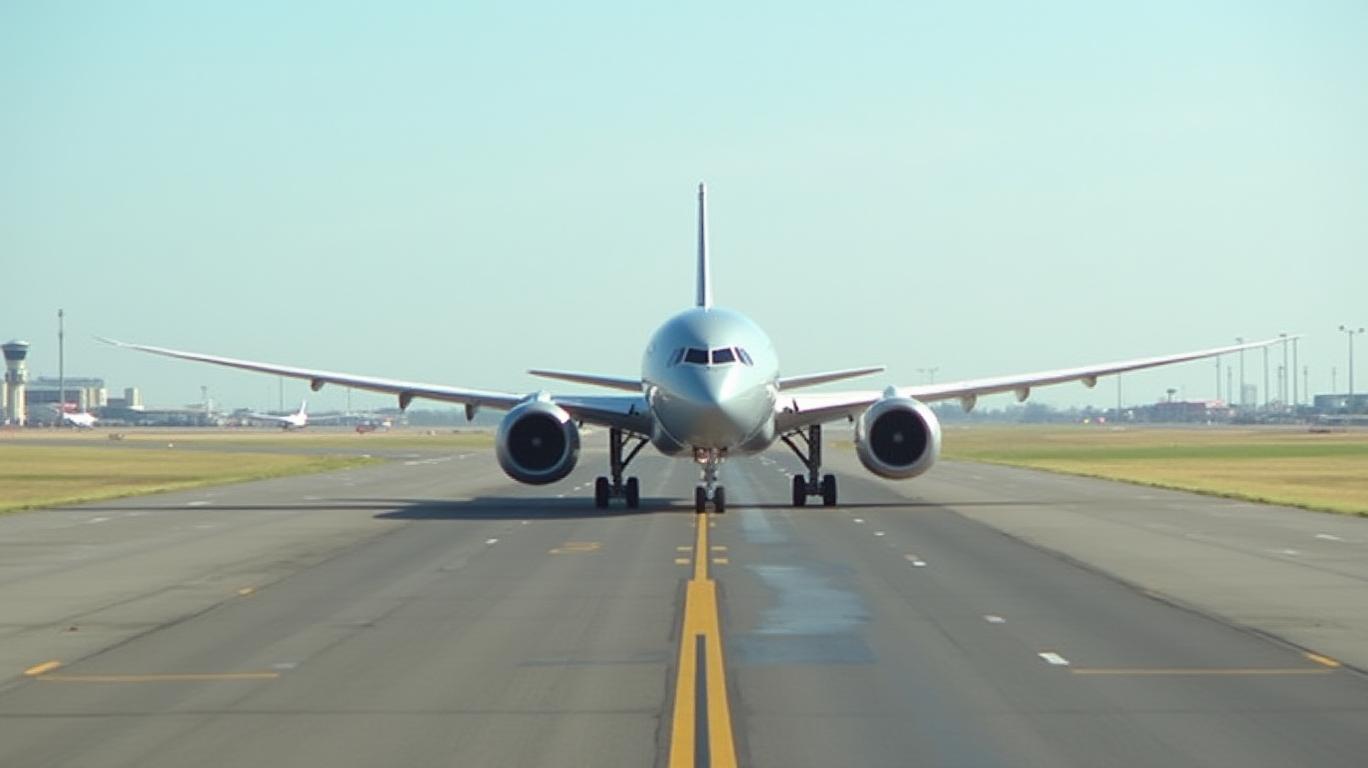Alaska Air Group’s Q1 2025 Results: Navigating Headwinds with Resilience and Strategic Vision
Investors and analysts are invited to attend the presentation of Alaska Air Group’s (NYSE: ALK) first-quarter 2025 results on Tuesday, 6 May 2025. This event will provide critical insights into the airline’s financial performance, operational milestones, and strategic priorities amid a challenging macroeconomic backdrop.
A Resilient Start to 2025: Balancing Growth and Uncertainty
Alaska Air Group reported a GAAP net loss of $166 million for Q1 2025, slightly missing its adjusted EPS guidance of $0.50–$0.70. However, beneath the headline loss lies a story of resilience. Total revenue surged 9% year-over-year to $3.1 billion, driven by robust performance in premium cabin sales (+10%) and the loyalty program’s cash remuneration (+12%). Unit revenue, a key metric for airlines, rose 5% domestically, outpacing peers and underscoring Alaska’s focus on high-margin segments.

Integration Success with Hawaiian Airlines
The merger with Hawaiian Airlines continues to deliver synergies. Hawaiian’s unit revenue jumped 8.8% year-over-year, while its adjusted pretax margin expanded by 14 points. Pro forma results for Alaska showed a 7-point improvement in adjusted pretax margins compared to Q1 2024. These gains highlight the success of integration efforts, including co-located operations at key hubs like LAX and JFK and unified cargo systems.
Strategic Priorities: Premium Growth and Loyalty Program Enhancements
Alaska’s premium strategy is paying off. The company plans to retrofit 84 Boeing 737-900ER aircraft by summer 2025, increasing premium seats to 29% of total capacity by 2026. This aligns with its goal to serve 12 intercontinental destinations by 2030, starting with the May launch of Seattle-Tokyo Narita service.
Meanwhile, the Mileage Plan loyalty program has been overhauled to boost engagement. New elite status milestones and expanded EQM earning opportunities (via award travel, credit card purchases, and ground travel) aim to deepen customer loyalty. Hawaiian’s Hōkūleʻa program saw 90% growth in memberships since December 2024, now boasting 200,000+ members.
Challenges Ahead: Demand Softness and Cost Pressures
Despite these positives, Alaska faces headwinds. Q2 unit revenue is projected to decline flat to low-single digits, as demand softened in February 2025, particularly in discretionary and corporate travel. Management attributes this to broader economic uncertainties but remains confident in maintaining “solidly profitable” results for 2025.
The May 6 Presentation: Key Focus Areas
Investors should watch for clarity on:
1. Q2 Guidance: How Alaska plans to navigate demand softness while balancing capacity growth (2–3%) and cost discipline (unit costs up 2.1%).
2. Long-Term Targets: Progress toward the $10 EPS goal by 2027 and the $1 billion share repurchase program.
3. Integration Timeline: Updates on achieving a single operating certificate by Q4 2025 and unified passenger systems by early 2026.
Conclusion: A Company Positioned for Long-Term Growth
Alaska Air Group’s Q1 results reflect a disciplined approach to revenue diversification and operational efficiency. With $2.5 billion in unrestricted cash, $459 million in operating cash flow, and a 7-point margin improvement, the company is financially robust to weather near-term challenges.
The May 6 presentation will be pivotal for investors to assess how Alaska plans to leverage its premium strategy, loyalty programs, and integration synergies to sustain profitability. While macroeconomic risks persist, Alaska’s focus on high-margin segments and strategic capital allocation positions it well to capture future growth opportunities in travel and cargo.
Final Takeaway: ALK’s Q1 results are a reminder that airlines thrive not just on passenger volume but on smart pricing, premium offerings, and operational agility. Investors attending the May 6 event will gain clarity on whether Alaska can maintain its leadership in a shifting aviation landscape.










